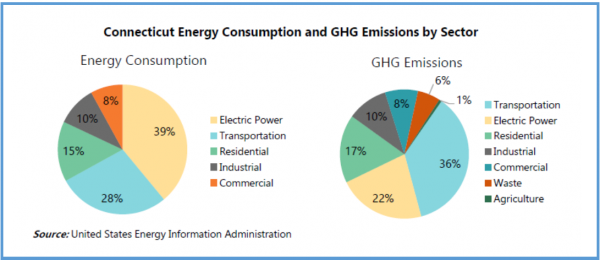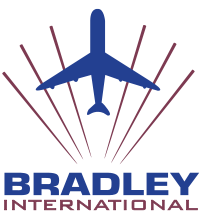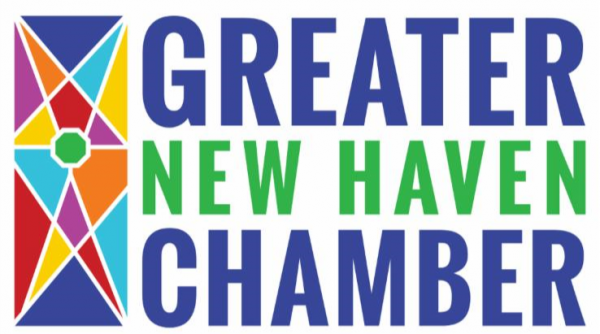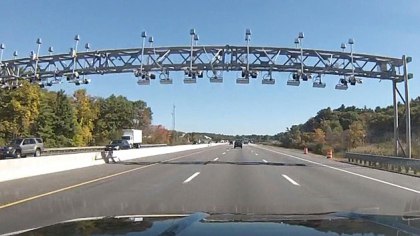PERSPECTIVE: The Significance of Investing in Early Childhood Education
/by Silvana Alarcon As a Connecticut native and a student at Dickinson College majoring in Psychology and minoring in Education and Spanish, I hope to make an impact in the early childhood education field by focusing on children with special needs. I have taught children how to swim with SwimAmerica and how to build Legos with Play-Well Teknologies, but I wanted to learn more about how children learn inside and outside of classrooms.
This summer I was fortunate to intern with the Partnership for Early Education Research (PEER) at The Consultation Center at Yale University. PEER is research p artnership that works with the school districts and early childhood education providers of Bridgeport, Norwalk, and Stamford to support the use of data to inform education for young children. During this internship I achieved more than what I was hoping for: I learned about early education research and met many collaborators who are involved in the early childhood education system of Connecticut.
artnership that works with the school districts and early childhood education providers of Bridgeport, Norwalk, and Stamford to support the use of data to inform education for young children. During this internship I achieved more than what I was hoping for: I learned about early education research and met many collaborators who are involved in the early childhood education system of Connecticut.
A specific part of what I learned from my internship at PEER is that the education system is a tall ladder of influential people who affect the children at the base of the ladder. Teachers, principals, district leaders, and state leaders from the Connecticut State Department of Education (SDE) and Office of Early Childhood (OEC) all influence the educational experiences of young children. These students are the future leaders of the nation, and educators and researchers should work together to raise students to be the people we want to see lead the world. Collaborative research can benefit multiple stakeholders by addressing educators’ needs and using readily available data to inform educational policy and practices.
 The younger years of children are crucial because the brains of the children grow extremely rapidly between birth and the age of 8. Specifically the brain undergoes rapid cognitive development as well as linguistic and motor development in the first 3 years of life. By the age of 5 children have developed problem-solving skills and pre-literacy skills. Children are constantly learning from the environment and behaviors surrounding them. Early brain development has a great influence on children’s long-term outcomes [1].
The younger years of children are crucial because the brains of the children grow extremely rapidly between birth and the age of 8. Specifically the brain undergoes rapid cognitive development as well as linguistic and motor development in the first 3 years of life. By the age of 5 children have developed problem-solving skills and pre-literacy skills. Children are constantly learning from the environment and behaviors surrounding them. Early brain development has a great influence on children’s long-term outcomes [1].
The first teachers in a child’s life are their parents. Parents teach their children how to speak, tie their shoes, and care for their bodies. However, school teachers also have a very important role such as teaching reading, mathematics, and appropriate social interactions. However, the role of a school teacher is different than parents because the teacher is someone outside the home who teaches the students how to connect with the outside world. The students spend many of their waking hours with the teachers, building a foundation for future learning. Alongside parents, school teachers support children by providing motivation, skills, and lessons.
Effective early childhood education programs can produce positive outcomes because of the skilled teachers, small class sizes, strong curricula, and rich linguistic environments [1]. Early childhood education teachers have a significant role in the transition between the home and the K-12 school environment.
For this reason, it is powerful that PEER focuses its research on the age range of Pre-K to third grade. Because of children’s rapid growth in learning during these early years, I believe that Connecticut needs to focus more attention on educational opportunities, student services and family engagement programs that serve young children.
Collaborative research, which engages stakeholders in identifying research questions that will produce useful results, can help Connecticut provide quality education for children, which would increase the success of the students. I have truly enjoyed learning about the preschool and early childhood education systems, and I am very grateful for PEER and the work it is accomplishing in this area.
___________________________
Silvana Alarcon is a senior at Dickinson College studying psychology and education. She is a native of Norwalk, CT who received education from Kendall Preschool, Columbus Magnet School, and The Montessori Middle School, as well as the Harvey School in Katonah, NY.
The Partnership for Early Education Research (PEER) is an alliance among early childhood stakeholders in Connecticut that engages in collaborative research focused on children from birth through age 8. By pursuing questions developed in collaboration with its members, PEER aims to produce rigorous, actionable research that can inform early childhood education policy and practice at the local and state levels, increase access to high-quality early childhood education, and reduce disparities in educational outcomes. Funding support for PEER is provided by the U.S. Department of Education’s Institute of Education Sciences (IES) and the Spencer Foundation.
Resources: Center on the Developing Child (2007) A Science-Based Framework for Early Childhood Policy.







 Memo of Understanding to get have 150,000 EVs on Connecticut roads by 2025.
Memo of Understanding to get have 150,000 EVs on Connecticut roads by 2025.


 The company - FreshBev LLC - produces two primary lines of beverages - RIPE Craft Juice and RIPE Craft Bar Juices, bringing real fresh juice to the market, and connecting local farmers to consumers by using only ingredients that could be traced back to the grower and region.
The company - FreshBev LLC - produces two primary lines of beverages - RIPE Craft Juice and RIPE Craft Bar Juices, bringing real fresh juice to the market, and connecting local farmers to consumers by using only ingredients that could be traced back to the grower and region. The results are making local history, and spreading. RIPE Craft Juices are available nationally through Whole Foods and select regional grocery chains.
The results are making local history, and spreading. RIPE Craft Juices are available nationally through Whole Foods and select regional grocery chains.



 State funding for BIAC is an investment that pays off substantially, ensuring that those in need have access to lives of wellness, dignity and fulfillment. In the short time it took you to read this article, at least 5 people in the U.S. sustained a brain injury. This could be your neighbor, your co-worker, your family member, or you.
State funding for BIAC is an investment that pays off substantially, ensuring that those in need have access to lives of wellness, dignity and fulfillment. In the short time it took you to read this article, at least 5 people in the U.S. sustained a brain injury. This could be your neighbor, your co-worker, your family member, or you.


 Orders. Most historians agree the Fundamental Orders are significant, but the state of Connecticut decided in 1959 to call itself the Constitution State based on the premise that the Fundamental Orders were the first constitution in North America.
Orders. Most historians agree the Fundamental Orders are significant, but the state of Connecticut decided in 1959 to call itself the Constitution State based on the premise that the Fundamental Orders were the first constitution in North America.


























